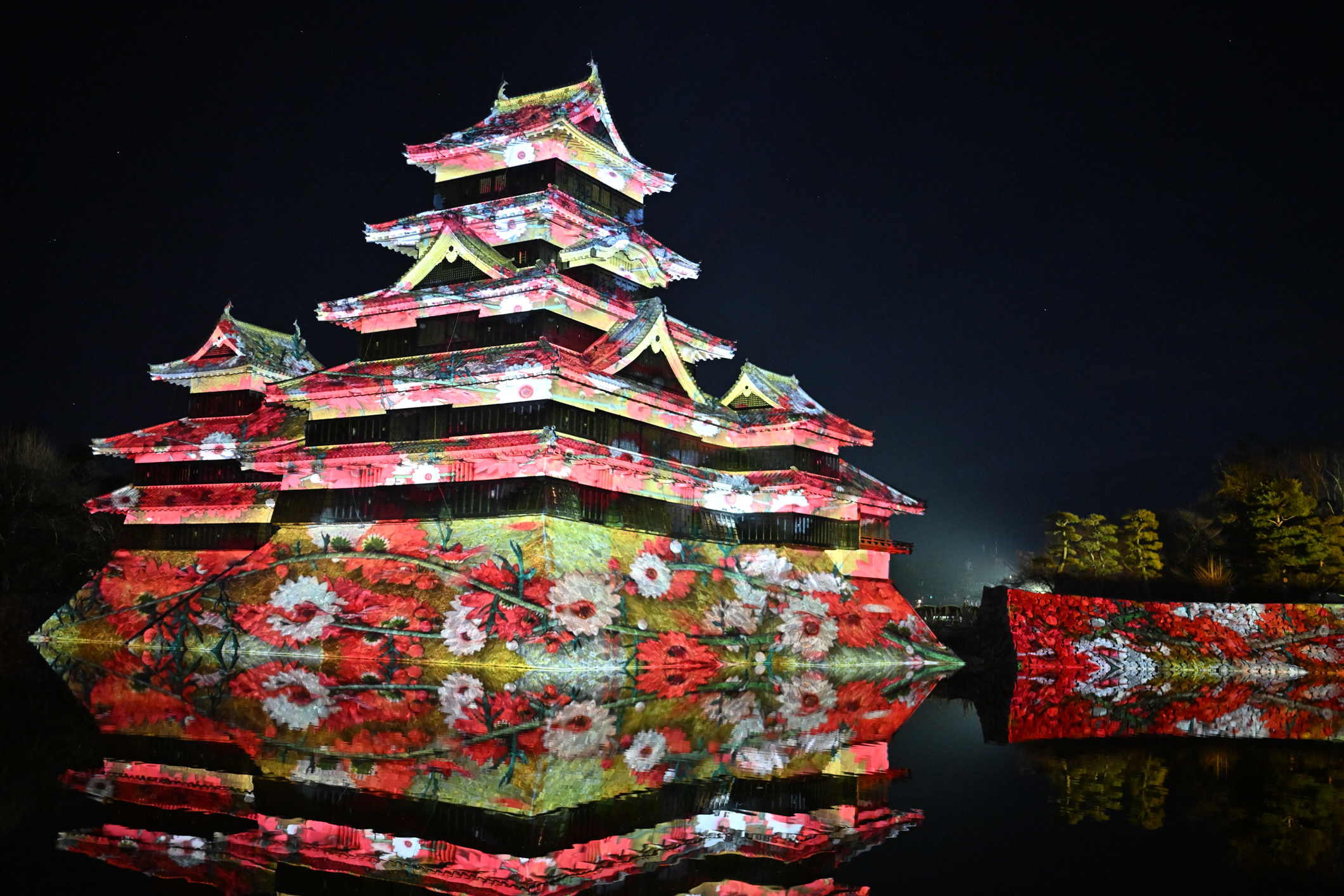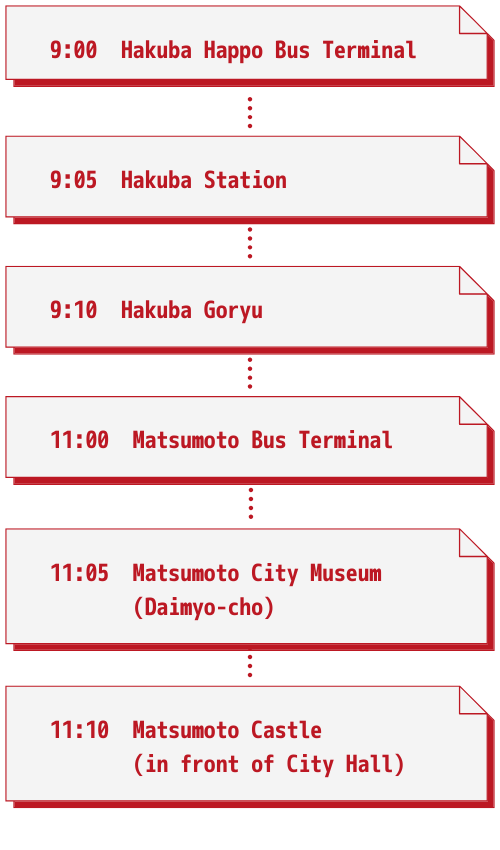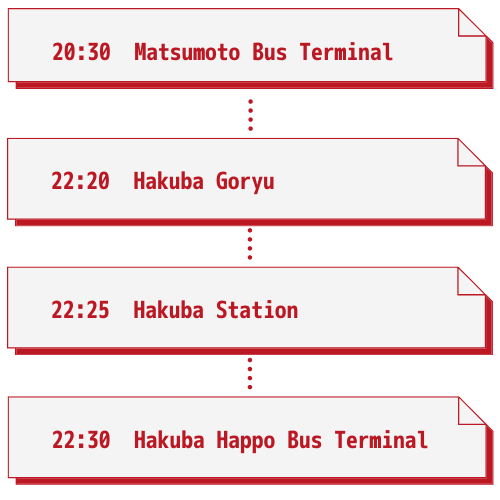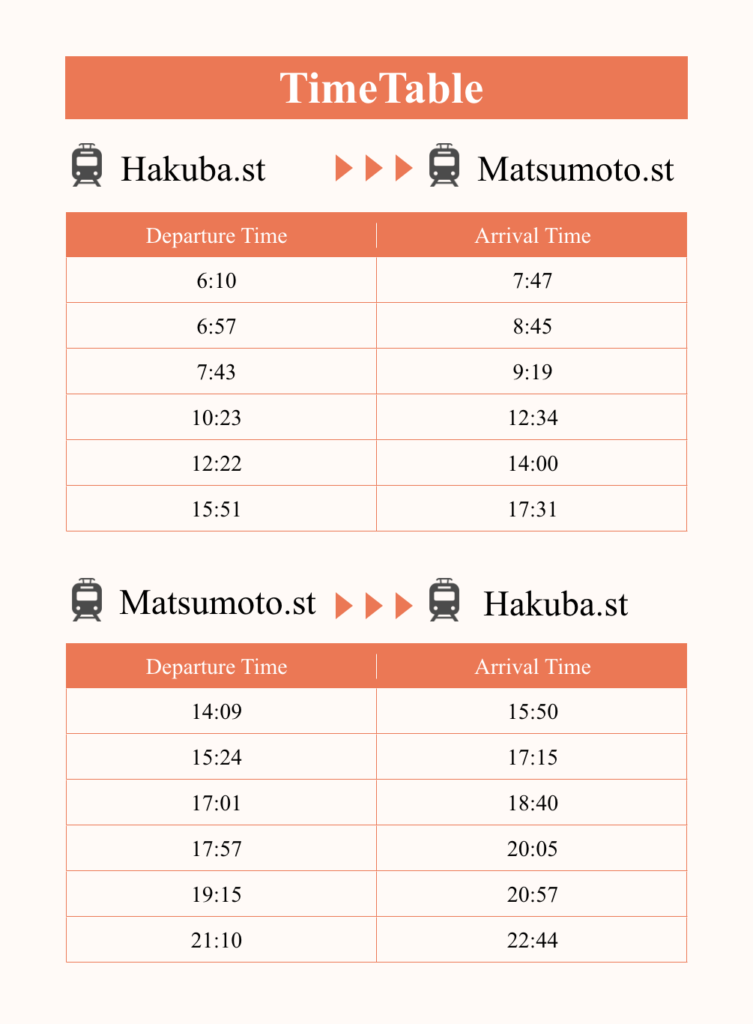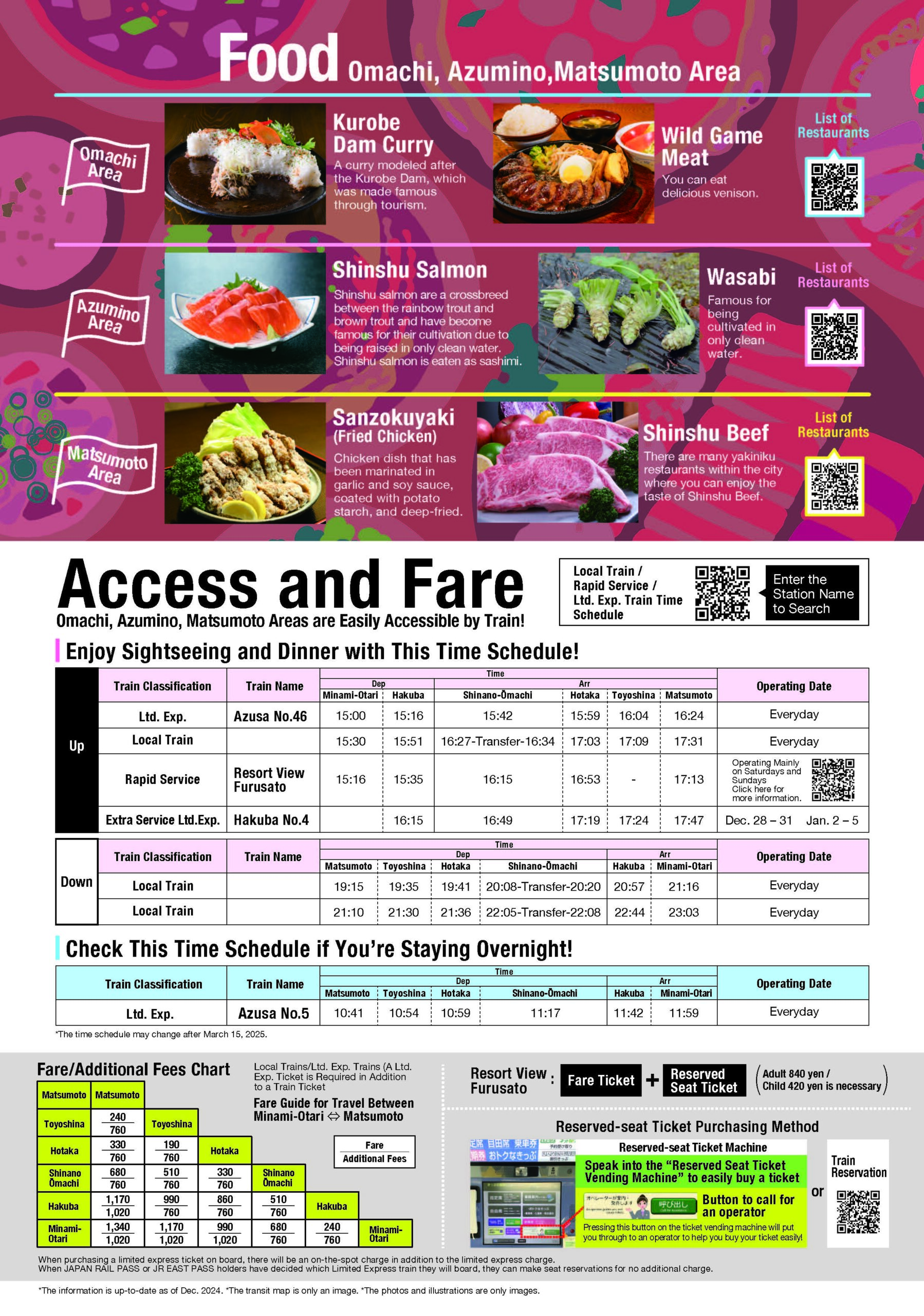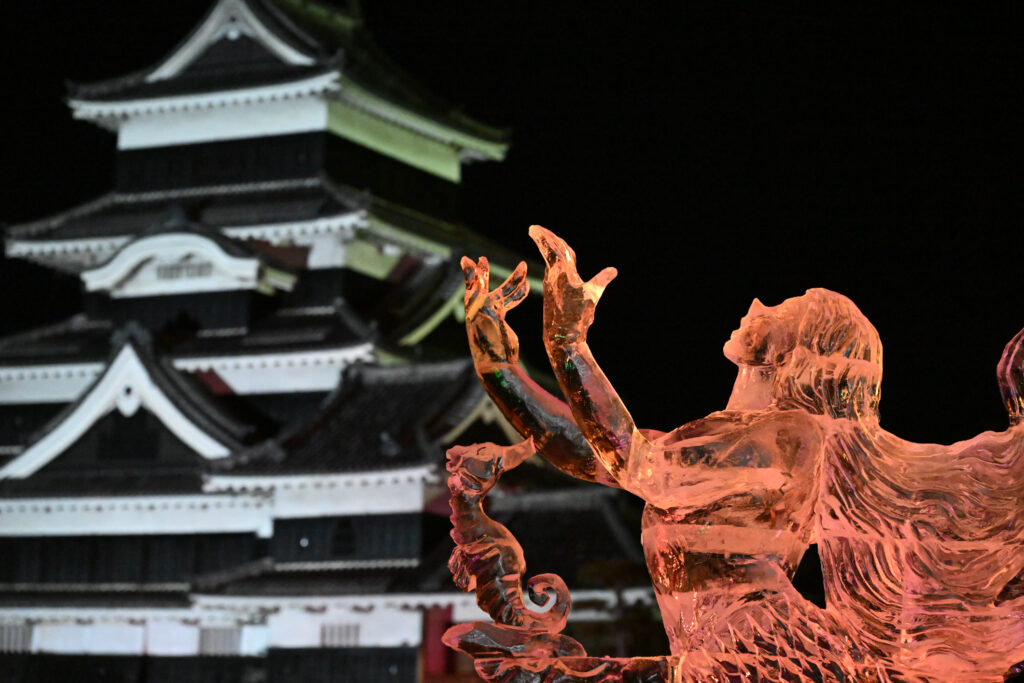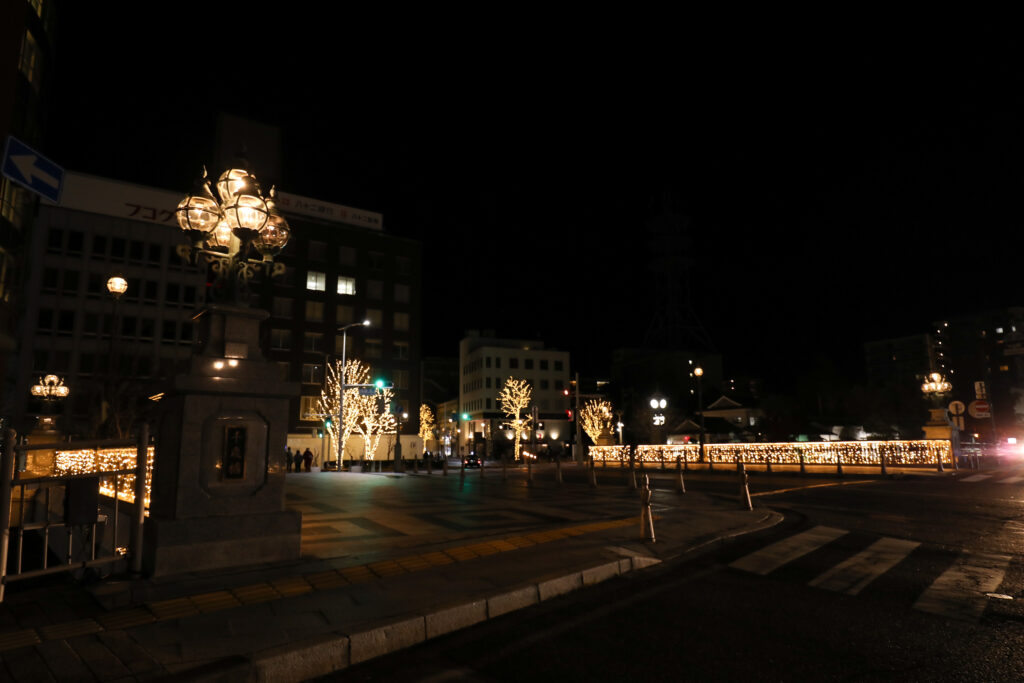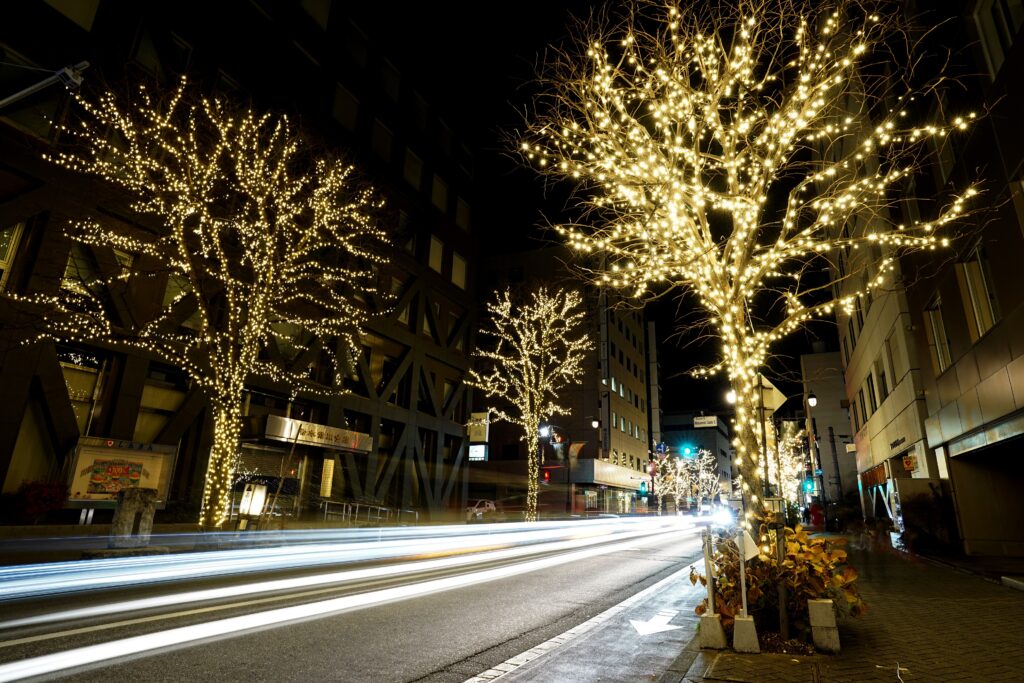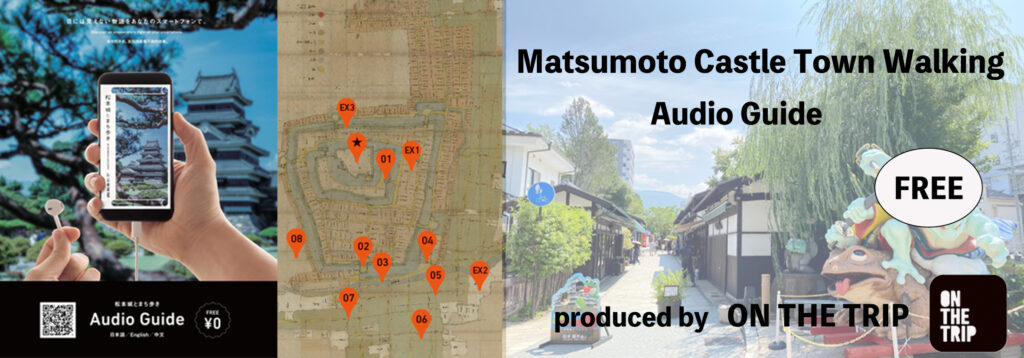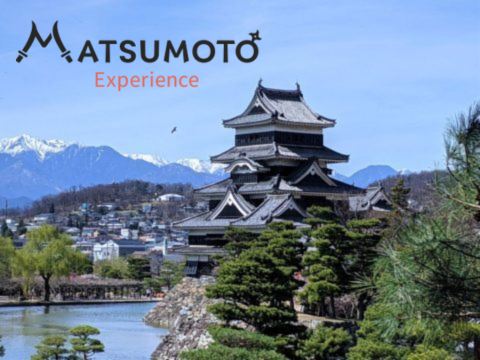
Matsumoto City
Sightseeing Guide
Area Map
▼ Please see the GoogleMap below for information on stores in this area, including their location, contact information, and whether they accept credit cards.
Model Cource
Representative tourist attractions
Arrive at 11:10
National Treasure Matsumoto Castle

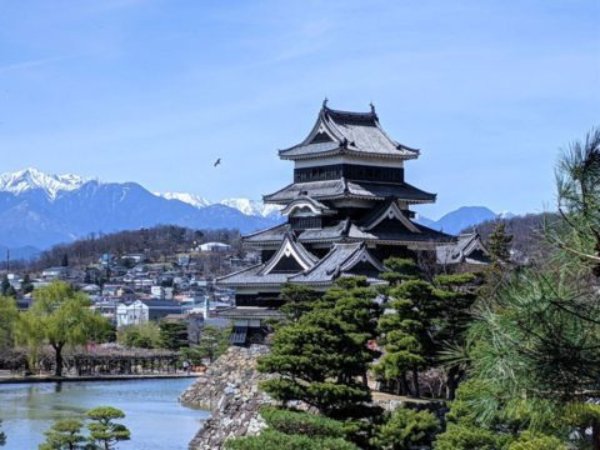
Matsumoto Castle, designated a National Treasure along with Himeji, Hikone, Inuyama, and Matsue Castles, is thought to have been built between 1593 and 1594, and is the oldest surviving five-story, six-story castle tower in Japan. While Matsumoto Castle is beautiful from the outside, the interior of the castle has also been preserved in its original state and is well worth a visit.
Matsumoto Castle is holding Projection Mapping from December 16 (Sat.) to February 14 (Wed.). A special Matsumoto Castle of light and sound. Digital art will be projected on the motif of history, culture, and the world-class beauty of Japan. Please enjoy an unusual and fantastic space.
⇒This Events's WebSite from here.
address:4-1 Marunouchi, Matsumoto City, Nagano Prefecture
tel:0263-32-2902
business hours:8:30-17:00 (Last admission is 16:30) ※Hours of operation may vary depending on the season.
Regular holiday:Open every day except year-end (December 29-31)
web:http://www.matsumoto-castle.jp/

Arrive at 12:10
Lunch around Matsumoto Castle
松本城周辺でランチ

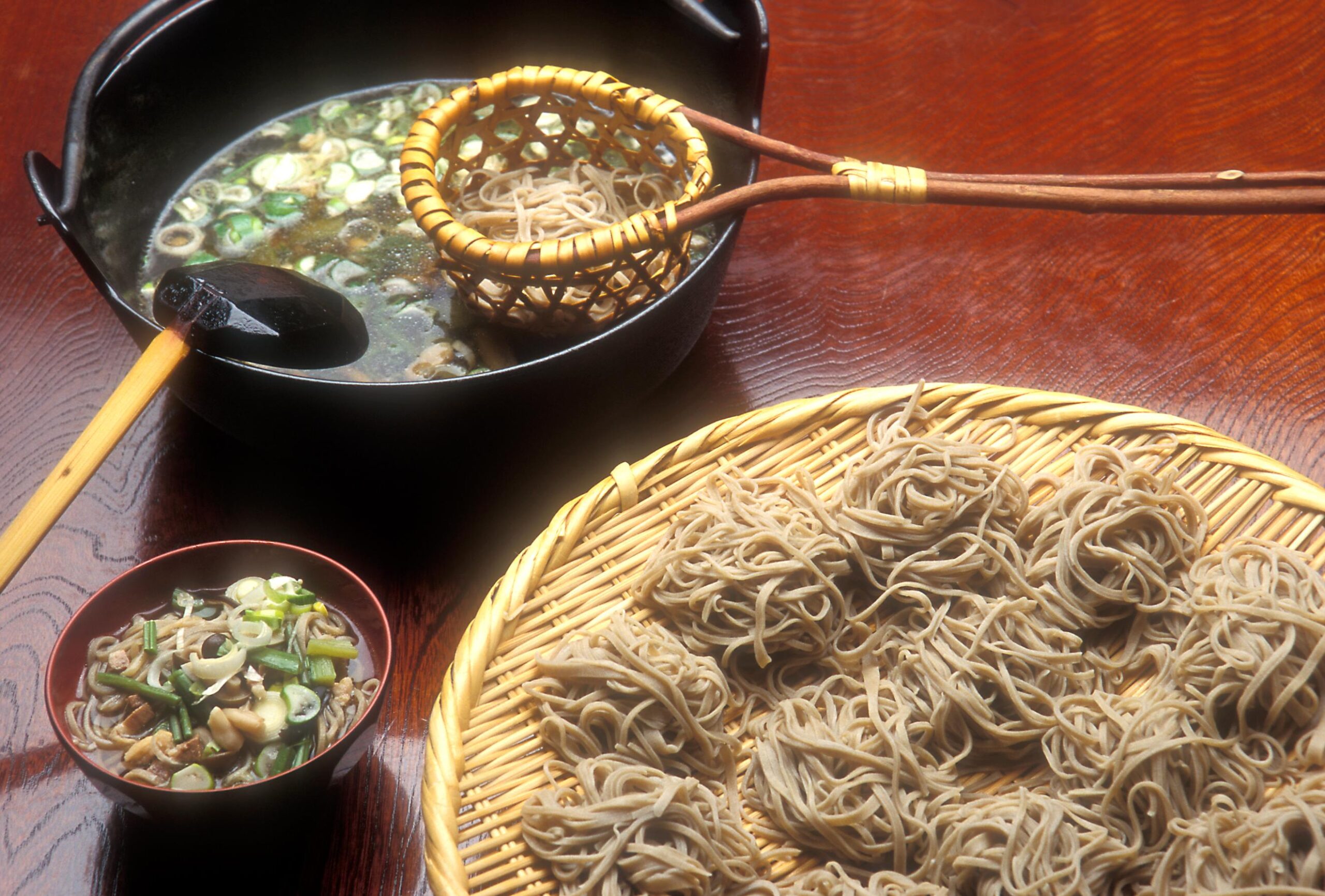
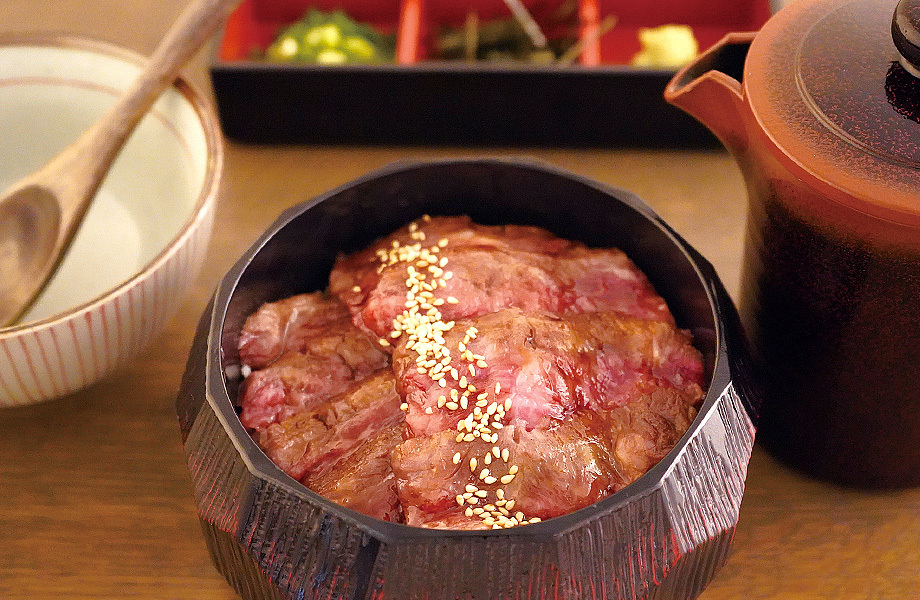

Arrive at 13:10
Matsumoto City Museum

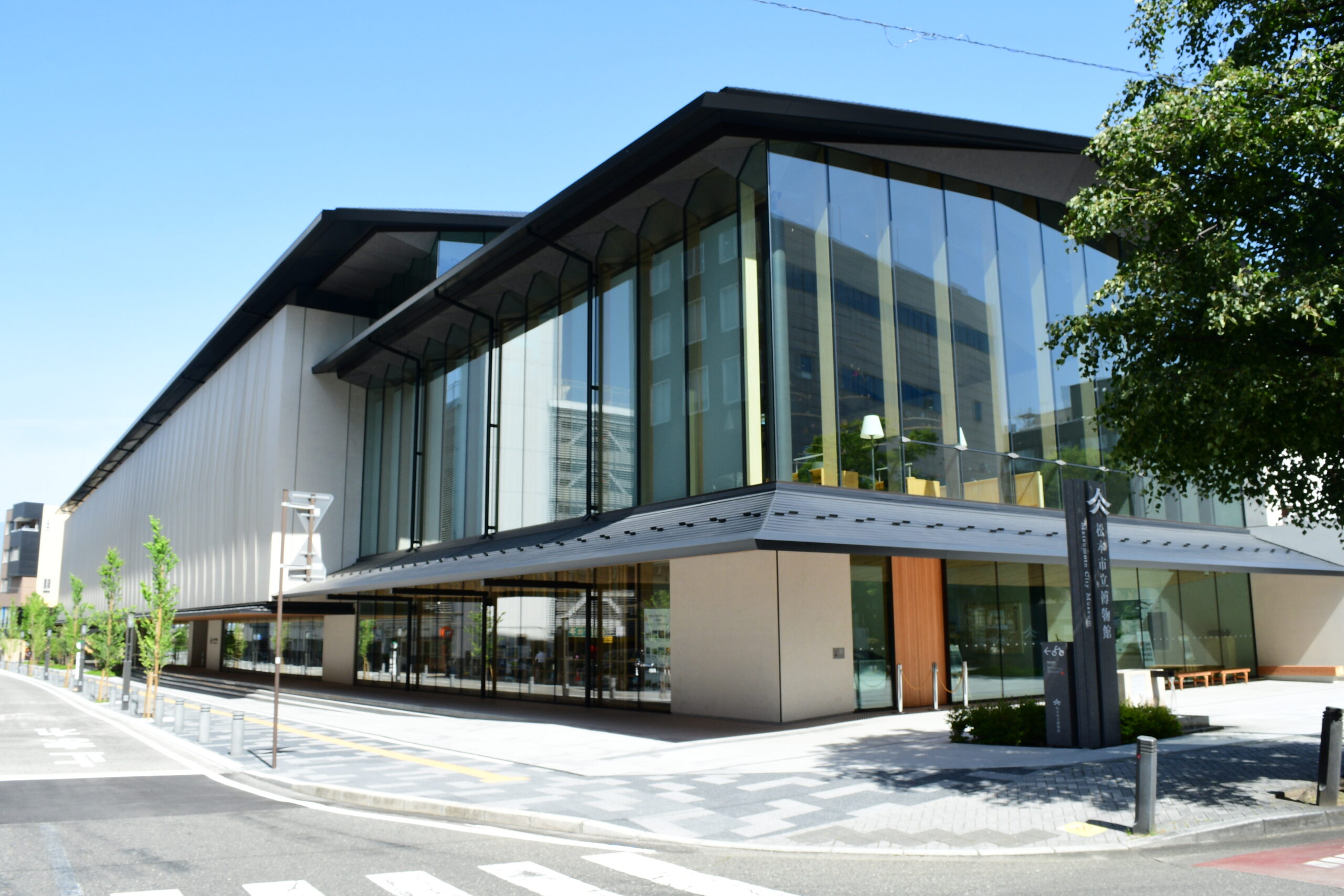
The museum was founded in 1906 at the Matsumoto High School for the Performing Arts, which was then called the Matsumoto Municipal Museum. The museum's predecessor, the Matsumoto Municipal Museum, dates back to 1906, when it opened at the Matsumoto Elementary School, which was then called the Matsumoto War Memorial Hall. The museum was later renamed the Matsumoto City Museum. The museum was later renamed the Matsumoto Municipal Museum, and became the first museum in Nagano Prefecture. In 1952. In 1968, the museum was reopened as the "Japan Folklore Museum".
In 1968, the museum was reopened as the "Japan Folklore Museum". Since then, for 38 years until March 2005, it has been known as both the Japan Folklore Museum and the Matsumoto City Museum. and Matsumoto City Museum. The museum is now the core of the Matsumoto Marugoto Museum.
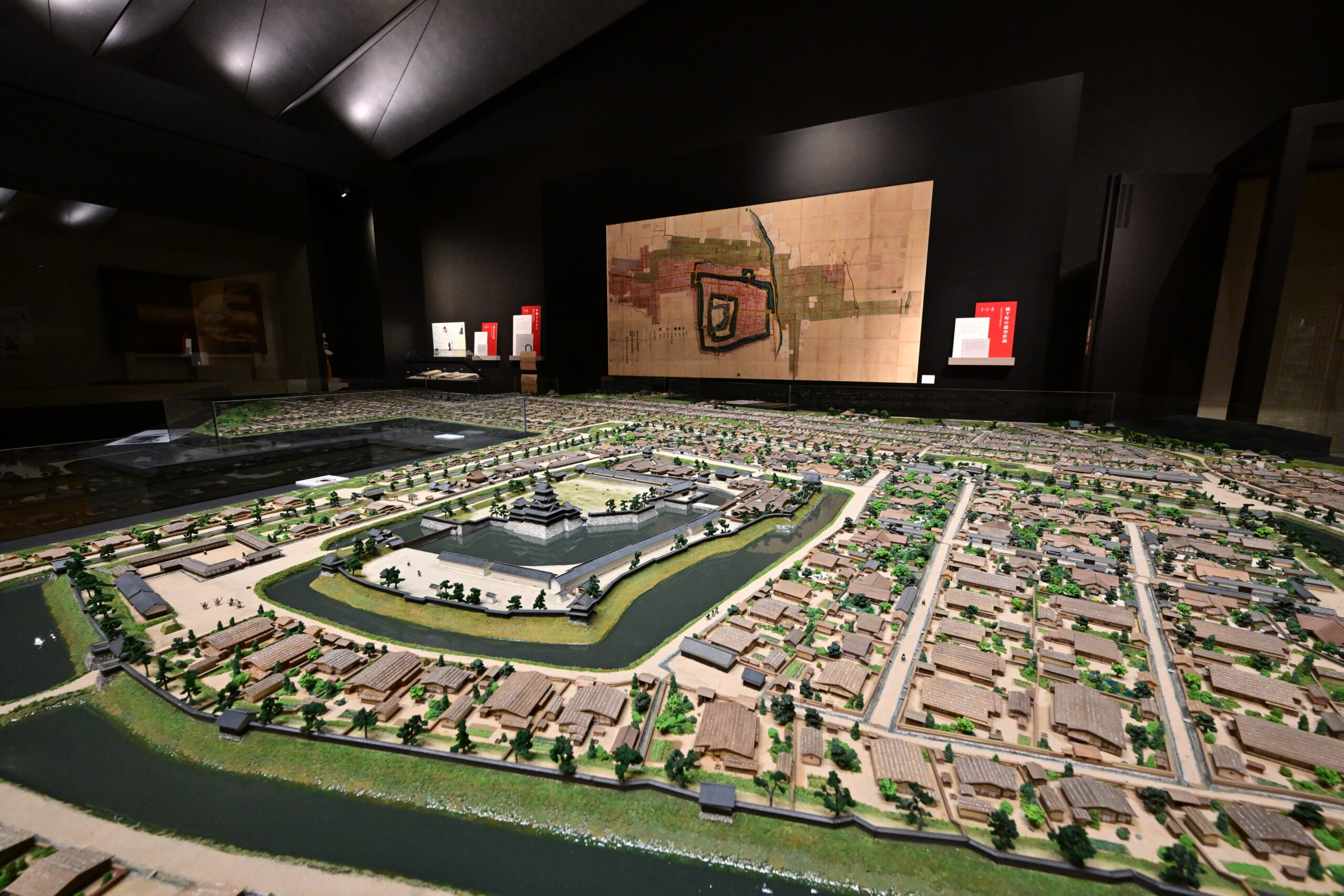
address:3-2-21 Oote, Matsumoto City, Nagano Prefecture
tel:0263-32-0133
business hours:1F 9:00-21:00 2F・3F Exhibition Room 9:00-17:00
Regular holiday:1F 3rd Tuesday of the month 2F・3F Exhibition Room Every Tuesday
web:https://matsumoto-city-museum.jp/

Arrive at 14:10
Matsumoto City Museum of Art
松本市美術館
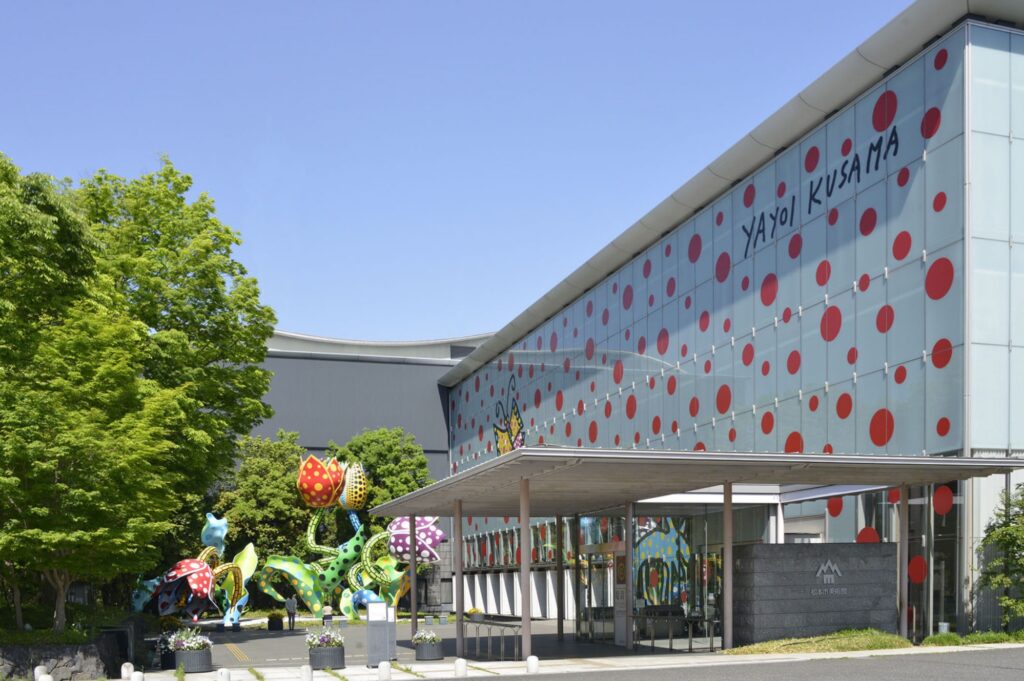
Encouraging the citizens’ artistic activities and contributing to the civic life rich in high culture, expressed in the Civic Charter, this Museum aims to mediate worldwide and culture, and to set a foundation to create new art.This Museum is rooted in the local community, and a place where the citizens can improve themselves.This museum is composed of four basic elements :
Appreciation – Performing the basic function of a museum, this museum provides exhibiting facilities suitable to enjoy artistic materials.
Representation – Supporting the praise of the artistic inheritances in the local community and the creation of new artistic works for future developments is the other major function of this Museum.
Learning – In order to promote life-long education, this City states “To be the square of leaning.” This museum contributes to this Purpose as the base for learning artistic fields.
Communication – Adding to the place for appreciation, representation and learning, this museum serves as a center for international exchange in the local and global scale.
address:4-2-22, Chuo, Matsumoto City, Nagano Prefecture
tel:0263-39-7400
business hours:9:00-17:00
Regular holiday:Mondays (except for 11/4, 1/13, 2/24), 11/5, 12/17, 1/14, 2/25, New Year Holidays (12/29 – 1/3)
web:https://matsumoto-artmuse.jp/en/

Arrive at 14:10
Hot springs at Hot Plaza Asama
ホットプラザ浅間で温泉
-scaled.jpg)
Asama Hot Springs are enveloped in beautiful nature year-round.
The hot springs here have been bubbling and boiling continuously for more than 1,300 years. Hot Plaza Asama is situated in the very middle of those springs, allowing you to freely come and enjoy the peak of natural hot spring bathing with day-trip bathing facilities, an open-air bath, and a large public bath. Come relax and recuperate at our hot springs that are open until midnight.
How to enter a hot spring
▼ Click here

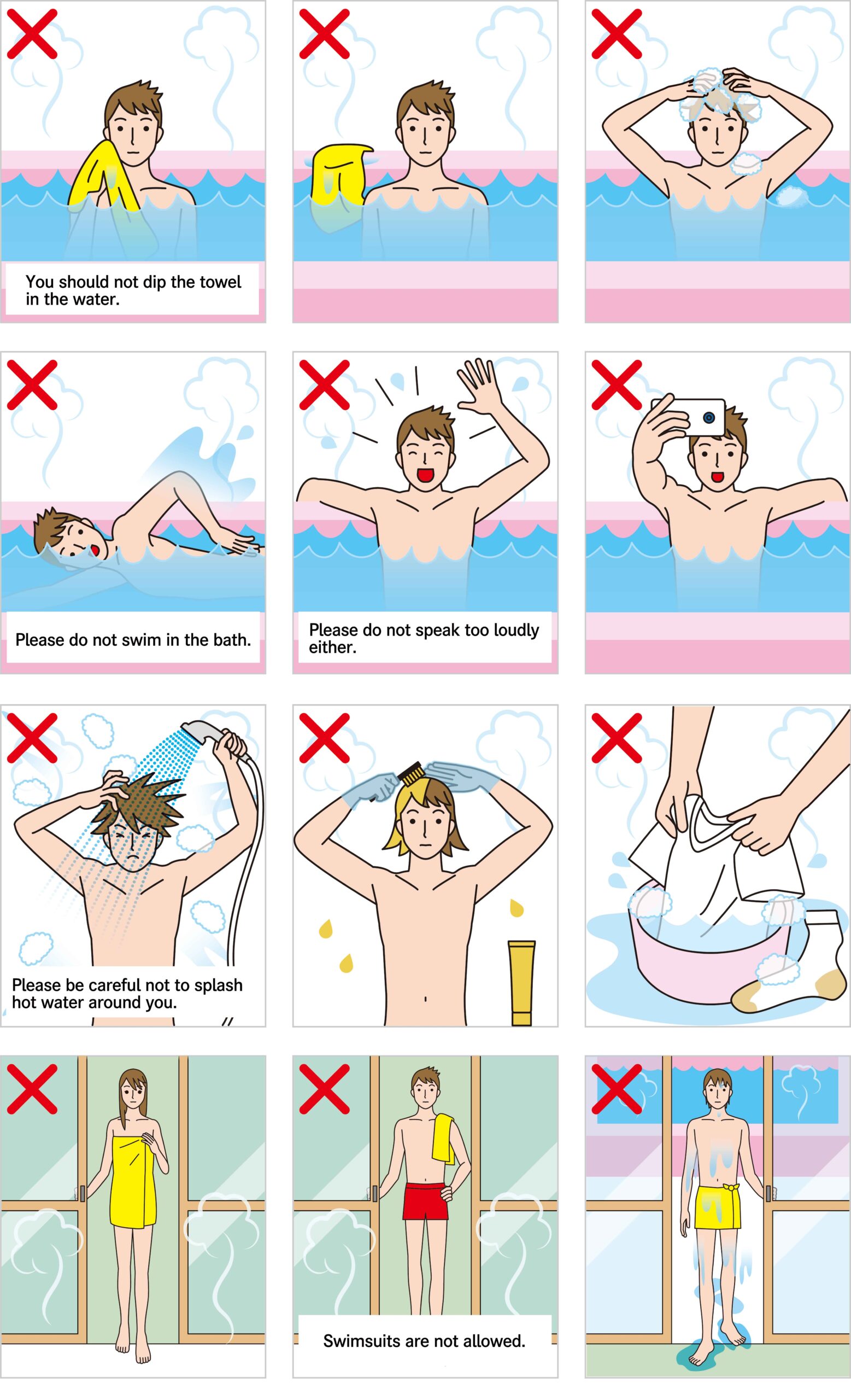
address:3-16-4 Asama Onsen, Matsumoto City, Nagano Prefecture
tel:0263-466-278
business hours:10 am to midnight (final entry / foot hot spring until 11 pm)
Regular holiday:Every Tuesday
Open around New Year’s Day, Golden Week, and during the Obon holidays (mid-Aug)
web:https://hotplaza.jp/en/

Arrive at 17:50
Nawate Street

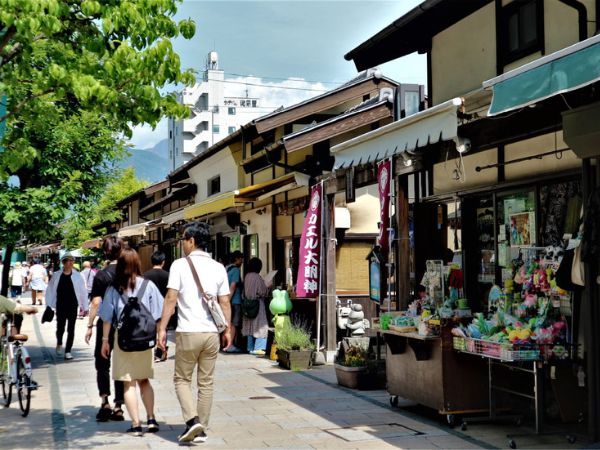
In the Edo period (1603-1867), it was a causeway between the “Soubori” and the Metoba Rivers. It is called "Nawate-dori," from the straight street that looks like a single rope stretched out. In the Meiji period (1868-1912), the south“Soubori” dugout was buried in conjunction with the Emperor's tour, and “Yohashira Shrine” was built, after which it became a busy approach to the shrine. The street has been closed since the Taisho period (1912-1926), and is still open to pedestrians 365 days a year. There is a relaxed atmosphere where small children, pets, and people in wheelchairs can stroll in peace. In 1972, a frog god was enshrined on the street, and since 2001, the "Matsumoto Frog Festival" has been held, making the area famous as a frog town. Recently, the number of fashionable general stores has been increasing. Recently, the number of fashionable general stores has been increasing, and the area is now crowded with young tourists from Japan and abroad. The area is also famous as a frog town.
address:3-3-1 Ote, Matsumoto City, Nagano Prefecture
tel:None
business hours:Varies from store to store.
Regular holiday:Varies from store to store.
web:http://nawate.net/
Nakamachi Street

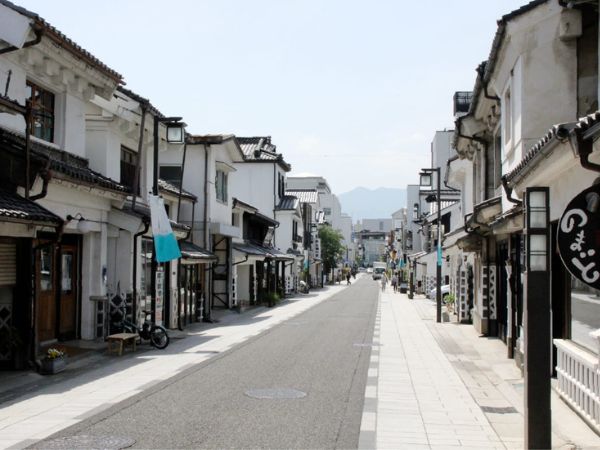
The shopping district still retains many "namako-faced storehouses" made of plaster to protect them from the great fires of the Edo and Meiji periods. Modern buildings also have namako-walls, or similar walls, to unify the landscape. The shopping street is a sightseeing shopping street that can be enjoyed by people of all ages, including Matsumoto folk craft furniture stores, folk art stores, Japanese, soba, Italian, and other restaurants, grocery stores, and so on. Matsumoto is also known as a town of underground water, and there are wells in several places in the shopping street, especially the pump wells are nostalgic.
address:2 Chuo, Matsumoto City, Nagano Prefecture
tel:0263-36-1421
business hours:Varies from store to store.
Regular holiday:Varies from store to store.
web:https://nakamachi.org

Arrive at 18:50
Event Information
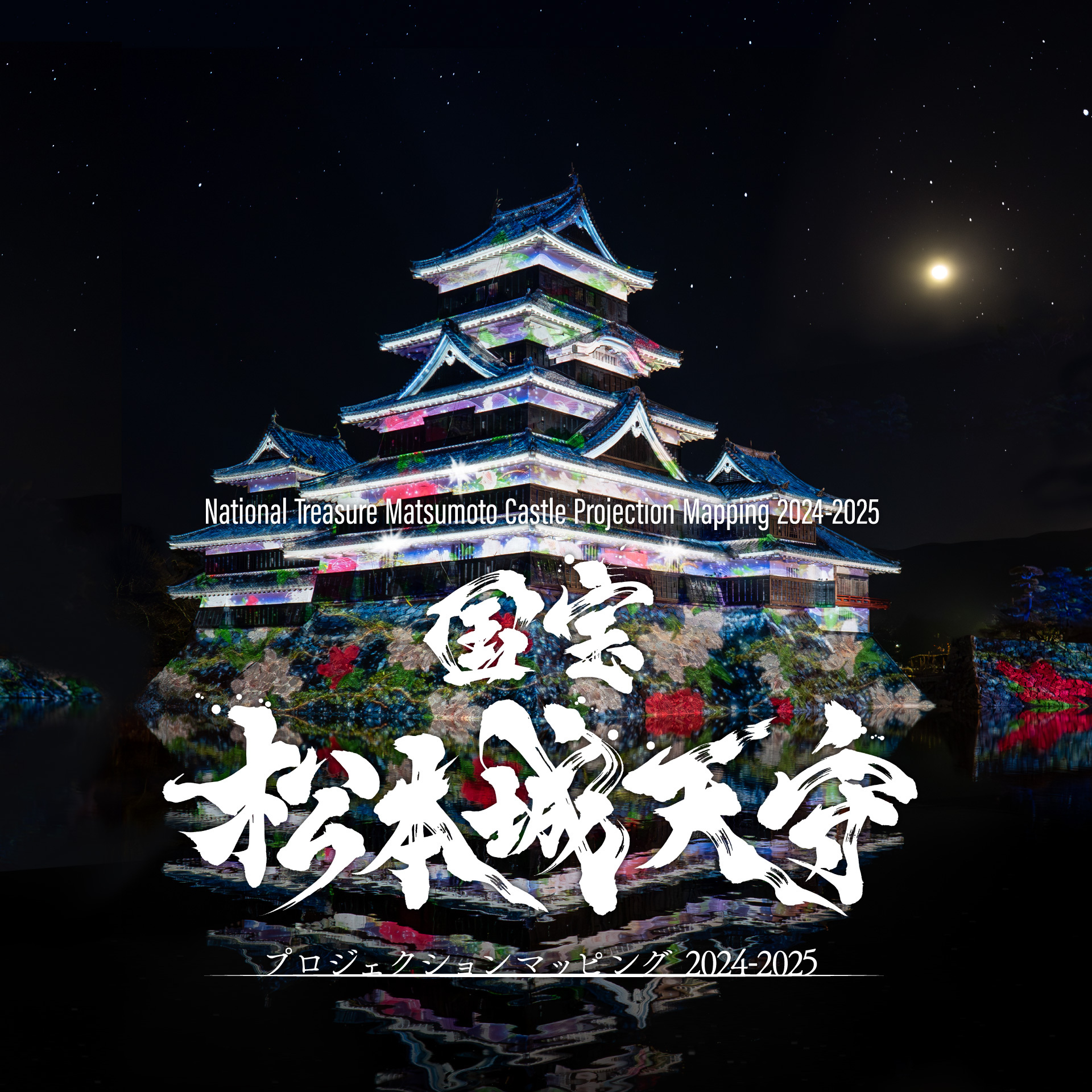
Matsumoto Castle Projection Mapping
<14 Dec 2024 - 12 Feb 2025>

Arrive at 20:15
Matsumoto Bus Terminal

The bus will depart at 20:30.
See you!





